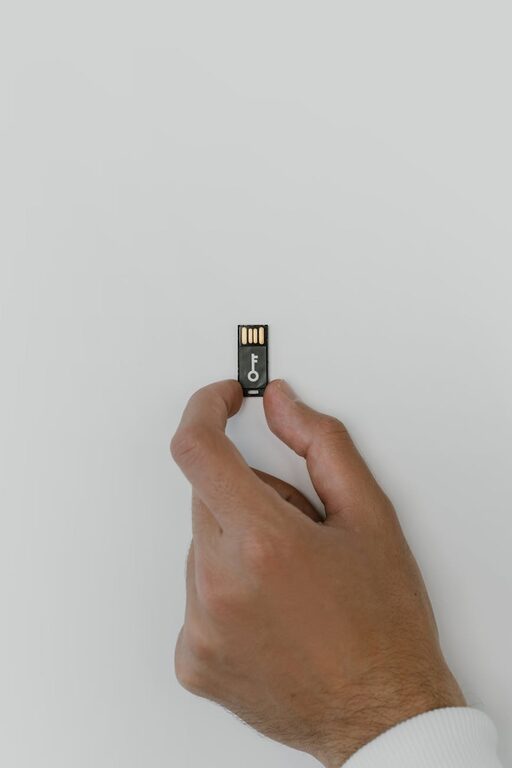
Backing up your photos and files is one of the most important steps you can take to protect your digital memories and important documents. Whether it’s family photos, work projects, or personal files, having a reliable backup ensures that you won’t lose them due to device failure, accidental deletion, or other unexpected events.
In this post, we’ll explore why backing up is essential, different backup methods, and practical tips to set up a backup routine that works for you.
Why Backing Up Your Photos and Files Matters
Your digital files hold valuable information and memories. Unfortunately, computers, phones, and external drives can all fail, get lost, or become damaged. Without a backup, data loss can be permanent.
Here are some common reasons backups are needed:
– Hardware failure: Hard drives and memory cards eventually wear out.
– Accidental deletion: Files can be deleted by mistake and overlooked.
– Theft or loss: Devices like phones or laptops can be lost or stolen.
– Viruses and malware: Harmful software can corrupt or erase files.
– Natural disasters: Fires, floods, or other disasters can damage physical storage.
By creating backup copies of your photos and files, you protect yourself from these risks and ensure your data remains safe.
Choosing the Right Backup Method
There are several ways to back up your files. Depending on your needs, you can use one or a combination of these approaches.
1. External Hard Drives or USB Drives
An easy and affordable option is to copy your files to an external hard drive or USB flash drive.
Pros:
– One-time cost with no ongoing fees.
– Large storage capacity for most needs.
– Fast data transfer speeds.
Cons:
– Physical device can fail or be lost.
– Backup must be done manually unless software is used.
– Offsite protection is limited unless you store the drive elsewhere.
2. Cloud Storage Services
Services like Google Drive, Dropbox, Microsoft OneDrive, and Apple iCloud allow you to upload and store files on the internet.
Pros:
– Automatic syncing and backups.
– Accessible from any device with internet.
– Offsite storage protects against physical damage.
Cons:
– May have storage limits on free plans.
– Requires internet connection.
– Potential privacy concerns depending on provider.
3. Network Attached Storage (NAS)
A NAS device is a personal file server connected to your home network, providing centralized storage accessible to all your devices.
Pros:
– Large capacity and fast access within your network.
– Advanced features like automated backups.
– Controlled locally without relying on external providers.
Cons:
– Higher initial cost and setup complexity.
– Vulnerable to physical damage unless backed up elsewhere.
4. Backup Software and Automated Solutions
Various backup software can help automate copying files to external drives or cloud services, reducing the chance of forgetting backups.
Popular options include:
– Windows Backup and Restore
– Time Machine for Mac
– Third-party tools like Acronis True Image, Backblaze, or Carbonite
Steps to Back Up Your Photos and Files Effectively
Follow these practical steps to establish a reliable backup routine.
Step 1: Identify What to Back Up
Not all files require backup. Focus on photos, videos, documents, and files that are:
– Irreplaceable or difficult to replace.
– Important for work or personal use.
– Stored only on one device.
Step 2: Organize Your Files
Having your files well-organized into folders makes backup simpler and faster. Consider sorting photos by date or events, and documents by type or project.
Step 3: Choose Your Backup Location(s)
Decide which backup methods suit your needs. For most people, using both an external hard drive and a cloud service provides a good balance of security and convenience.
Step 4: Perform the Backup
For manual backups:
– Connect your external drive.
– Copy or move important files to the backup device.
– For cloud backups, install the sync client and allow it to upload.
For automated backups:
– Set up backup schedules in your chosen software.
– Verify backups are completing successfully.
Step 5: Verify Your Backups
After backing up, check that your files are accessible and not corrupted. Occasionally restore a file to confirm the backup works as expected.
Step 6: Maintain Your Backup Routine
Backup is not a one-time task. Set reminders to do full backups regularly—weekly or monthly depending on how often your files change. Use automated tools where possible to reduce effort.
Bonus Tips for Safe and Efficient Backups
– Use the 3-2-1 Rule: Keep at least three copies of your data, stored on two different types of media, with one copy offsite.
– Encrypt Sensitive Data: Protect private files with encryption, especially when using cloud services.
– Keep Backup Devices Secure: Store external drives in a safe place to avoid theft or damage.
– Update Backup Plans: Review storage needs and backup frequency periodically.
Conclusion
Backing up your photos and files is essential for preventing data loss. Whether you choose local external drives, cloud storage, or a combination, the key is consistency and organization. With a good backup plan in place, you can enjoy peace of mind knowing your digital memories and documents are safely preserved.
Start backing up today, and make protecting your data a simple part of your routine!




